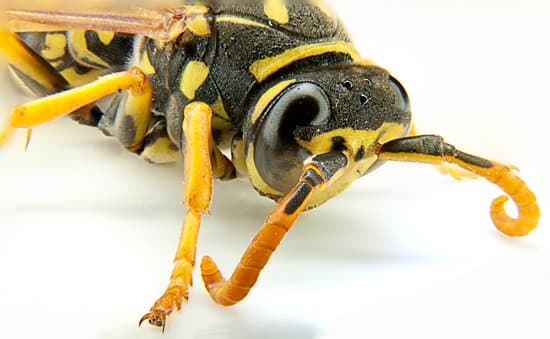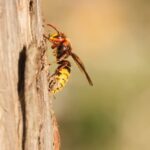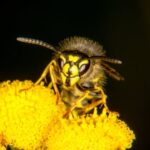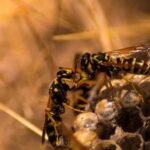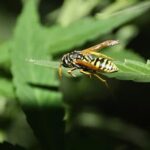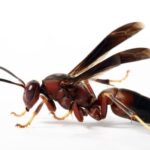How Much Wasps Are There in the World?
Thousands of species of wasps are found around the world, with more than seventy thousand species described. They are a major pest control force in the agriculture industry, where they are used to kill crop pests. It is estimated that the use of predatory insects to protect crops is worth $400bn a year.
There are two main types of wasps: solitary and social. Solitary wasps have no colonies, whereas social wasps have colonies of more than 5,000 individuals.
Social wasps are the largest wasp suborder, with more than one thousand species. These wasps have an ecology that is completely unique. They are divided into subfamilies Vespidae, Polistinae, and Sphecidae. Each subfamilies has a different nesting habit. Some species provide nests in the ground and others in wood.
These wasps build paperlike nests of chewed plant material. In spring, a queen begins a new colony. The queen lays eggs in the nest, and worker females expand the nest. The queen has only one mating flight in her life.
In winter, the social wasps die off. In the spring, a new queen begins a colony, and the workers expand the nest. The colony is governed by a queen, a community of workers, and undertakers. This system is very similar to honeybee colonies. There are also leadership contests, rebellions, and police.
The largest social wasp is the Asian giant hornet, which can grow to five centimetres in length. These wasps are very aggressive around food sources. Their venom has been studied as a potential cancer treatment.
